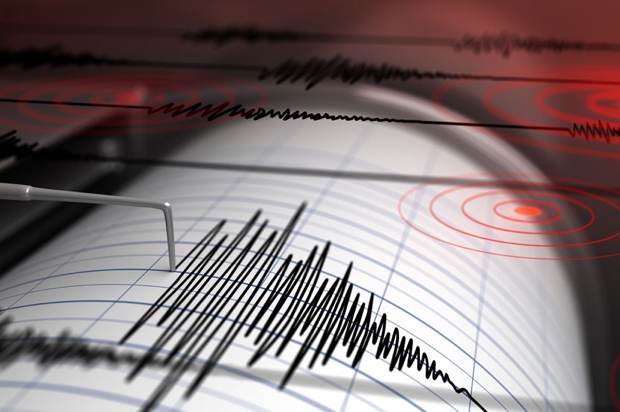Japanese ‘megaquake’ warning seen as supportive for reinsurance pricing: JPM

The recent and first ever ‘megaquake’ warning issued by authorities in Japan has heightened the perception of the peril’s risk and even though the warning was eventually lifted, it is seen as a factor that could be supportive of reinsurance pricing for that country, by analysts at J.P. Morgan.
Japanese earthquakes are one of the peak perils for the global insurance and reinsurance industry, while it is also a relatively significant component of the catastrophe bond market as well.
In fact, Japanese earthquake risk makes up 4.4%, or roughly US $2.11 billion, of the outstanding catastrophe bond market at this time, across pure Japanese quake cat bonds and Japanese focused multi-peril deals that include earthquake exposure.
View Artemis’ chart that breaks down the cat bond market by peril here.
In addition to that, there is a further US $730 million of additional cat bond market exposure to Japanese earthquakes in multi-peril transactions covering a range of locations and risks around the world.
On which basis, we estimate at Artemis, that almost 6% of the outstanding cat bond market actually has exposure to a megaquake in Japan.
The ‘megaquake’ warning was issued by Japan after a 7.1 magnitude earthquake hit off the southern island of Kyushu on August 8th and brought the Nankai Trough into question, being an area where earthquakes have in the past caused thousands of deaths and seen as fault location potentially overdue for a major event.
The J.P. Morgan analyst team note that after the mid-year reinsurance renewals there are some signs of property catastrophe rates moderating somewhat.
But they added, “Taking into account that Japanese earthquake risk is now more high profile given the mega quake warning and the Atlantic hurricane season is expected to be active, we believe that these factors should mean that pricing should not collapse even if the loss environment remains relatively benign for the remainder of 2024.”
The Japan Meteorological Agency (JMA) state there is a 70-80% chance of a magnitude 8 or 9 quake associated with the Nankai Trough within the next 30 years, the JPM analysts note, but say “the probability is now higher than normal after the latest quake.”
For the big four European reinsurance companies, the analysts note that looking at 1-200/250 year scenarios for exposure to Japanese earthquake tail risk, “it remains significant.”
“This is unsurprising as it is one of the 5 global peak insured perils. If we compare the exposure to 1H24 equity, we can see that it ranges between 8-13% based on the latest disclosures,” the analysts said.
However, they note that even were a large Japanese earthquake to occur, “we believe that the claims burden will be manageable for the European reinsurers.”
Part of the reason for that is that retrocession would likely respond, with a share of losses passed through quota share structures such as sidecars, while other retro arrangements, some of which might be in the capital markets including cat bonds, could also respond to a major event.
Which speaks to the importance of the capital markets and instruments from sidecars, to catastrophe bonds, in helping the world’s largest re/insurers manage the impacts of any major peak peril catastrophe loss event.
While the megaquake warning might be supportive of reinsurance pricing in Japan due to the way it has rekindled awareness of what can occur, without some kind of disruptive loss activity, or other inputs such as inflationary effects, it seems likely Japans next reinsurance renewal would prove relatively flat in the main again, given the well-capitalised state of the reinsurance and ILS market.






